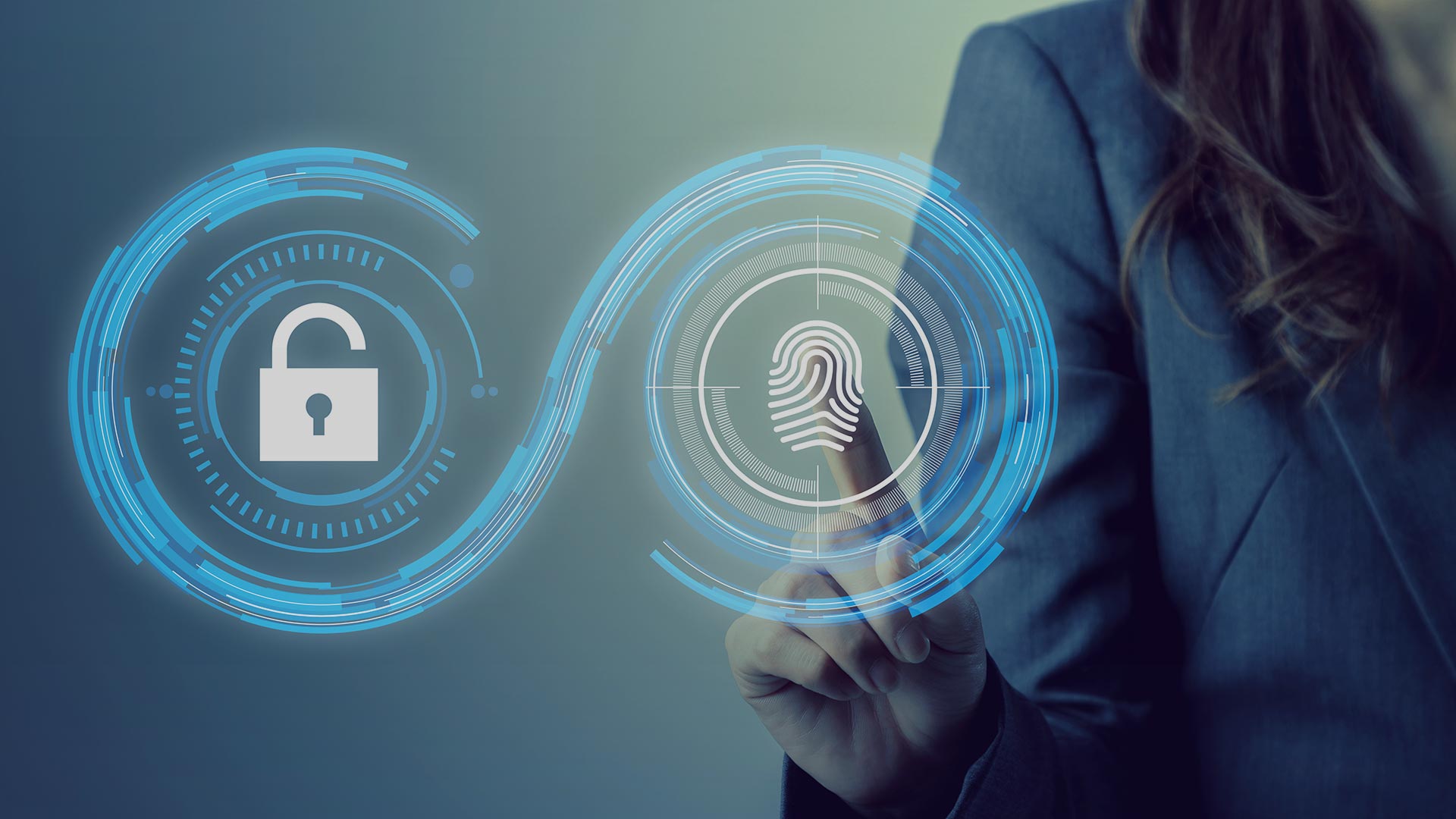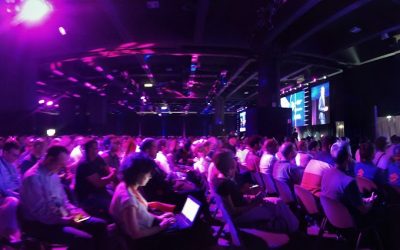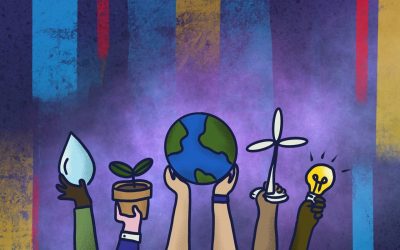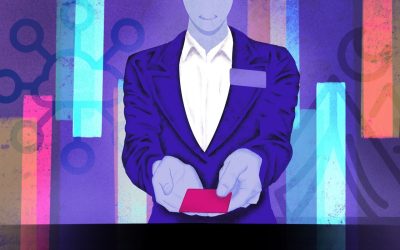After introducing the topic of the IoT and discussing what it is and how it works, in this second chapter we’ll resume the discussion and talk about cyber-security and sensitive data, providing some examples.
3.IOT SECURITY
Let’s think of Black Mirror – the famous Netflix TV show dedicated to the abuse of technology and connected to the IoT topic. This show teaches us that it’s necessary to adopt countermeasures to contain and control the direction that has been taken. The series accurately describes a future that it’s been already knocking on our doors, warning everyone about the uncontrolled use of “objects” that may prevent us from making autonomous decisions.
The point of this TV show is to describe how the future it’s going to look like, to make people think about what is already in use. The result? A sense of anxiety. A dystopian future might soon become reality if we don’t have security measures put into place in order to regulate the information that these devices send.
“ personal data from the connected home will often be bought and sold with consumers largely remaining oblivious ” – this is what the “Pinning down the IoT” report published by the Cyber Security Research Institute highlights.
Two sides of the same coin, whose heads show companies hurrying to put out “connected objects” on the market, therefore establishing a general lack of attention on the security of their devices; while the tails of the coin show uninformed customers, who are oblivious on how personal information is processed online.
The scenario gets more complicated when topics like privacy and security are taken into consideration; especially topics like data processing, since it’s closely related to transparency and the processing of sensible data too. A correlation to this topic can be found in the current countermeasures that the European Union is putting into place with the General Data Protection Regulation (GDPR). The GDPR is a regulation (EU 2016/679) that will be in effect for all EU states on May 25th 2018 and that will reinforce the juridical security on personal data processing and protection of all EU citizens.
Therefore, one of the crucial aspects, especially from a company’s point of view, is preventing any type of data loss or privacy violations, which are usually caused by new Internet threats. These hazardous pieces of software must be constantly monitored by those who, like We Are Segment from Interlogica group, work to provide all necessary services in order to stop any type of digital crime.
4.IOT PRACTICAL EXAMPLES
Let’s cut to the chase by saying that it’s possible to find many situations in which the IoT technology is being used. However, the important thing is not to consider it as a stand-alone technology. Why? Because this technology can be used to improve the standard of our lives; and in order to do this we must undergo a monitoring process leading to benefits, which can improve the quality of everyone’s life. In addition, by accomplishing this task we can also obtain tailor-made solutions which integrate, in this sensor-based universe, other sensors that can act as controllers over the previously mentioned ones.
One possible solution is matching and integrating the IoT with Big Data – those data that we already provide with our subscription and use of social media –, the Artificial Intelligence (AI) – which helps find solutions connected to people’s behavior by cross-checking huge amounts of data – and Cloud Computing – which works as a virtual storage unit for the information and “conversations” between IoT and classic devices such as PCs, smartphones and tablets.
In the following list we will analyze some of the more structured IoT applications.
The Smart Mobility is an obvious example. Cars connected to sensors that travel with us in the cabin and which send back to us different kind of data. An IoT example for this kind of application is definitely Koola: this device can be connected to the car’s ODB port and, just in a few minutes, sends data about the status of the car to the owner’s cellphone and to the dealer. What’s it used for? Easy. Koola can provide a diagnostic analysis in real-time (like DTC codes, oil-gauge, the engine’s temperature, car accident notification and battery voltage), it can also provide a report on driving behaviors, communicate problems related to the vehicle and control the details of the trip (beginning and end of the trip, itinerary, travel time, distance travelled and average speed).

Another widely-used application is that of the so-called Smart Home, a smart house with different benefits, especially comfort and security levels and energy consumption supervision. Smart Buildings and Building Automation can be identified as an evolution of Smart Homes that can connect an entire construction and make it more efficient, more comfortable and eco-friendlier. However, we’ll talk more about this subject in our next article.
On an even bigger scale, we can talk about Smart Cities, like the very successful attempt that the city of Chicago has made, by positioning on buildings or in key points inside the city (like red-lights), sensors that could collect useful information in order to tackle different issues. The main objectives are monitoring the air quality, the road conditions and traffic problems. Every sensor has provided a constant and updated flow of information, that have then been catalogued and used in scientific research. This expert feat has provided real and practical data that has been used to solve each “challenge”. That same data allowed the Chicago administration to find solutions that have improved the citizens’ quality of life: safer roads, flood prevention, creation of software application for people affected by asthma and more control over the consequences of climate change.
In conclusion, we could say that the concept of IoT is quite broad and extends to all those objects that are able to produce, transmit and exchange data with the Internet in a “smart” way, that start and shut-down autonomously but always “in response to a necessity”.



